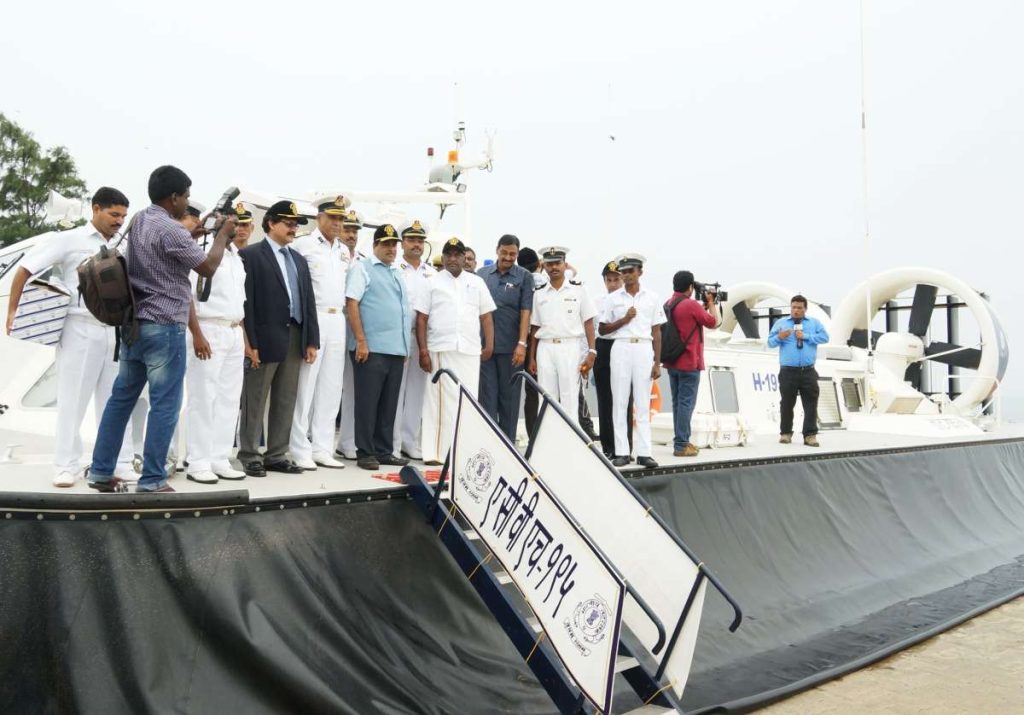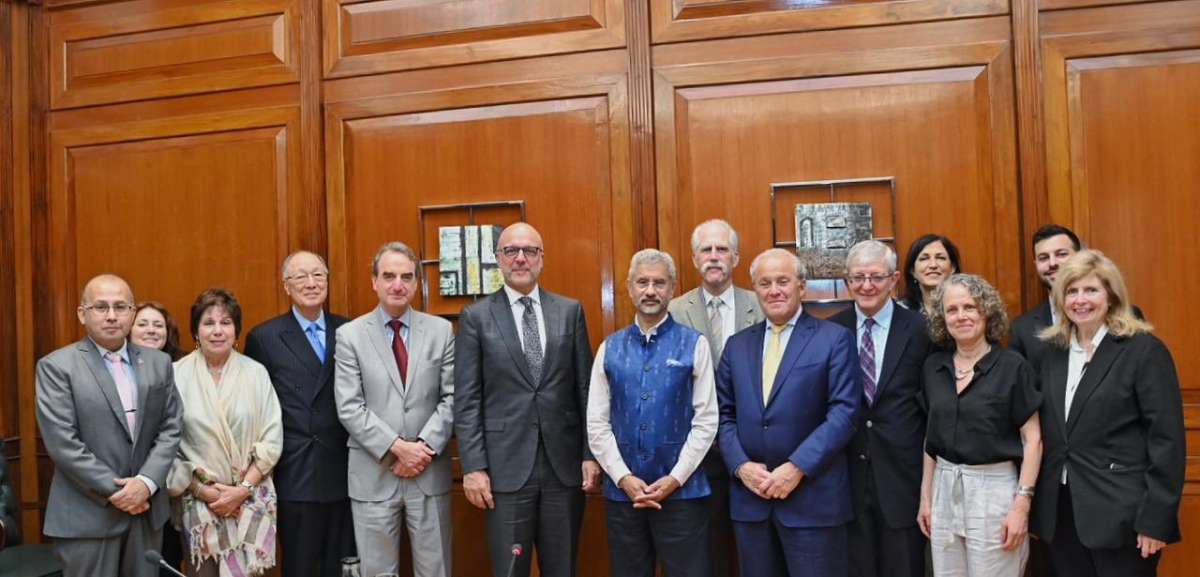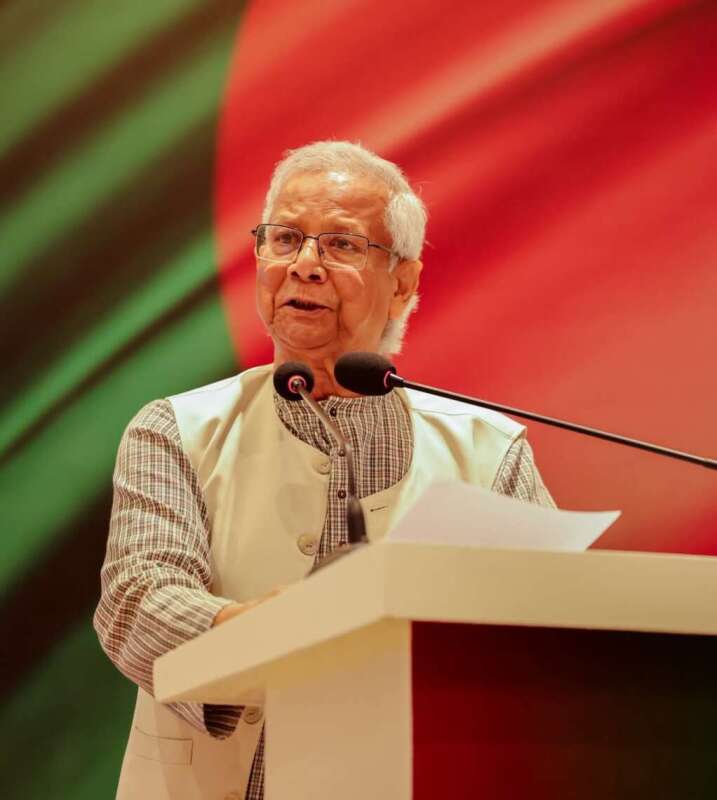The Sethusamudram project has acquired geopolitical significance in recent times with it being considered the perfect possible foil to china’s influence in the Indian Ocean. But the building of this canal may result in unprecedented ecological disturbance in the area, writes Darakhsha Qamar
The Sethusamudram Canal Project has been at the center of a contention since the time it was first proposed. Various sections of the population have been wary of the proposed construction of a 83 km long canal on the 50 km limestone trail, popularly called Ram Sethu, citing ecological and religious reasons. The building of this canal will require deep sea excavation by dredging and, or blasting the Ram Sethu, resulting in unprecedented ecological disturbance in the area, it is argued. As is the case with most ancient structures, not much is known about the composition of the trail.
Experts suggest that there is inconsistent sedimentation in different parts of the trail and the entire palk bay area, making the ecological repercussions of such large-scale construction on it, impossible to predict. The area is also cyclone prone, with storms in the past having changed sedimentation patterns in the area, further adding to its volatility. There are also fears that such a structure will irrevocably alter the habitat of the vibrant marine life in the area.
Apart from environmentalists, the other strain of resistance comes from religious groups that believe that the Ram Sethu has spiritual significance and is mentioned in the Hindu epic Ramayana. It remains the most significant cultural and historical link between India and Sri Lanka.
As a consequence of such spirited opposition, the canal has remained a mere proposal till date. Yet interest in it, has never waned completely. It has remained a fixture in popular imagination, especially among those who understand the myriad ways such a structure can benefit the economies of India and Sri Lanka, deepen the ties between the once close neighbours and strengthen India’s strategic position in the Indian Ocean.

Furthermore, there are those who suggest that the environmental damage anticipated might be overstated. There is a lack of knowledge and awareness amongst the general public regarding the methods of dredging used in canal building technology today. Canals have been built all over the world to facilitate trade and they are done without considerable damage to the coastlines. In fact, the success of any shipping canal as well as the maintenance of harbours would necessarily depend on the coasts remaining unscathed. There are of course valid anxieties regarding the waste that such a canal might produce, but there exists effective measures to curb marine pollution as well as safe and responsible methods of waste disposal.
The water in the Palk strait is very shallow, due to which the navigation of big ships or carriers through it is impossible. The proposed canal would solve this problem by creating a navigable route for ships around the Indian peninsula, instead of the longer route of going around Sri Lanka. This means that the construction of the canal would facilitate easier, cheaper and faster travel between eastern and western coasts of India.
This idea is not new. Oceanographers since the colonial age have tried to figure out ways to traverse around the shallow waters between Southern India and Northern Sri Lanka. In 1782, James Rennel, an English pioneer of oceanography, became the first person to suggest the construction of such a structure to make maritime navigation between India and Sri Lanka easier.
The canal is expected to reduce the navigation route between the two coasts by 254-424 nautical miles and sailing time by 21-36 hours. Further, any carrier coming in from the west and headed to any point in the east coast would also be able to use this canal for faster travel. It will facilitate export and import of goods as well as provide shipping companies greater incentive, helping maritime trade in Tamil Nadu to flourish and bring in much needed foreign exchange. The harbours in between Nagapattinam and Tuticorin would also develop as the canal would allow Indian fisher boats easier passage across the Palk Strait.

The canal is also expected to be beneficial for the economy of Sri Lanka as it will revive maritime activity in the north-western areas. This would result in the possible revival of the ports of Northern Sri Lanka, situated in Thalaimannar, Kankesanthurai and Point Pedro, that have not been in use since the colonial period. The hope is that the development of these ports would lead to increased commercial activity and economic development in northern Sri Lanka, which, in light of Sri Lanka’s debt crisis would provide a much needed fillip to its economy.
Apart from the economic benefits, the Sethusamudram canal has also acquired geopolitical significance in recent times with it being considered the perfect possible foil to china’s influence in the Indian Ocean. As part of China’s String of Pearls strategy of building a network of commercial and military bases in and around the Indian Ocean, they have made huge infrastructural investments in Sri Lanka. The Chinese owned and operated Hambantota port in South Sri Lanka, along with the Chinese constructed Gwadar Port in Balochistan, remain the biggest threat to India’s maritime security, regional power aspirations, trade and possibly even its territorial integrity. In this context, The Sethusamudram Shipping Canal Project acquires strategic importance for India’s security interests in the Indian Ocean.
Further, the champions of the project in both the countries have repeatedly expressed the hope that the canal will allow people easy passage between India and Sri Lanka. The easy flow of commodities, trade as well as people is expected to go a long way in reviving age-old connections between the people of South India and Sri Lanka that are linked together by geography, history as well as culture. In fact the Ram Sethu trail is symbolic of the civilisational intertwining of Indian and Sri Lankan societies.
Sethusamudram will reinforce these ties and bring the two countries together, serving as a reminder of their unified civilisational roots represented in popular culture through the Ramayana. The religious ties between the population of both countries could lead to massive two-way tourist traffic, with Sri Lankan and Indian pilgrims being able to visit Hindu and Buddhist shrines in each other’s country without any hassles. This people to people interaction facilitated by the canal would form the central pillar of cultural diplomacy that both India and Sri Lanka need to prioritise in their relationship with one another. The Sethusamudram canal then might very well usher a new chapter in India-Sri Lanka relations, characterized by positive cooperation to counter Chinese presence in the Indian Ocean and powered by the combined strength of their soft power potential.
(India Narrative)














